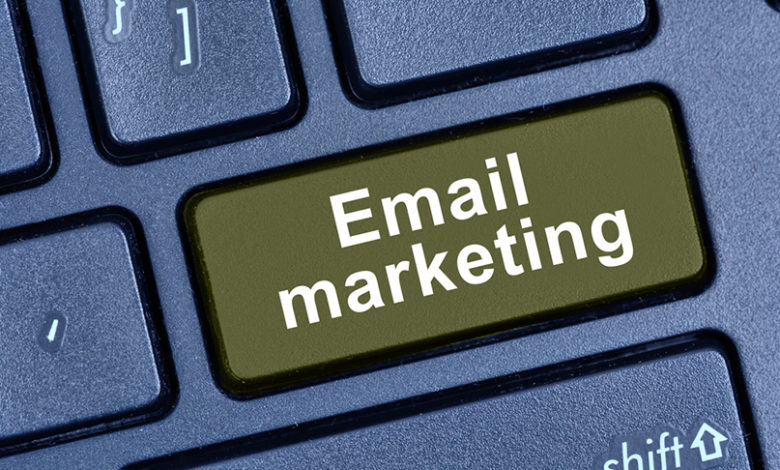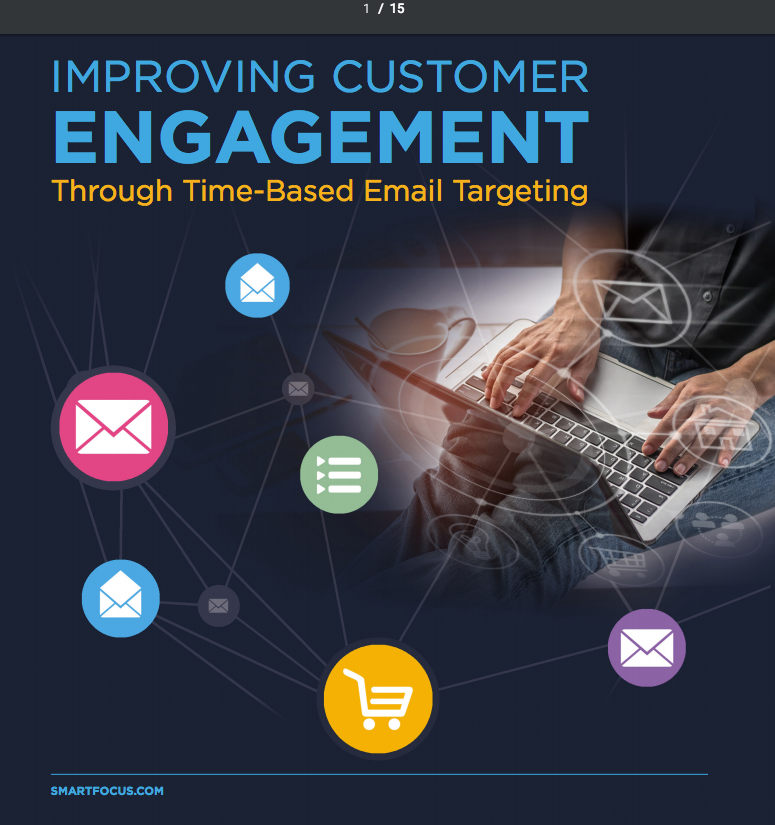The EU’s General Data Protection Regulation (GDPR) comes into force in May, but many organisations still need to seek consent, ensuring individuals have actively opted in to the collection, processing and retention of their information. Sarah Taylor examines a study from SmartFocus which shows how the need for GDPR consenting affects organisations globally – and she discusses the optimum time to avoid GDPR unsubscribes.
GDPR legislation will come into effect on May 25 and its ramifications will be significant and widespread. Marketers and brands will need to comply to an entirely new set of data rules, with stricter requirements for data security, data collection, data retention and disposal. This move to put power back into the hands of the consumers has been long overdue. However, the GDPR opens up a different set of challenges for brands and marketers whose databases – years and even decades in the making – could be rendered obsolete.
There has been a great deal of discussion around how the new regulation will essentially put an end to mass email campaigns. The days of mass email campaigns will be a thing of the past, as these could potentially violate the GDPR, resulting in heavy fines for brands. Within the legal confines of the GDPR, companies can only engage with customers who have given their explicit permission for organisations to engage with them. This completely upends the established trend of mass-email digital marketing campaigns, in favour of more relevant, personalised and targeted approaches by brands.
Brands and marketers will now need to be more personalised in their email marketing efforts. The relevancy of the content that brands are emailing to re-consenting customers and how this content will drive customer engagement will now become a priority. However, when we think of personalisation, it must not only be limited to how relevant a piece of content is. One key aspect of personalisation, which marketers should be careful not to overlook, is understanding the most optimum time to send out email marketing messages in order to maximise customer engagement.
To avoid GDPR unsubscribes, know that customers are more receptive at different times of the day
Marketers and brands can spend a lot of time and effort building email marketing campaigns which are bespoke, personalised and address customers as individuals. However, these efforts can be critically undermined if these emails are not even opened.
It is crucial that marketers carefully consider the best time to send out email marketing communications to their customers; a component of personalisation that can sometimes be ignored. SmartFocus recently analysed more than 1.4 billion email marketing messages sent to customers (and would be customers) in 2016 and 2017. Whilst the results revealed that there is no one-size-fits-all solution to timing of email marketing messages, there are trends that can be gleaned from the analysis.
The best and worst times to send out marketing emails
The research revealed that, overall, late morning/early lunch, around 11am-12.15pm was the worst time to send marketing emails. During this period, customers were more likely to hit the dreaded unsubscribe button than at any other time of the day. Additionally, marketing messages were opened/read the least during this time.
Conversely, customers were more receptive to email marketing communications in the evening, particularly from 5pm. The report revealed that marketers who sent out emails around this period suffer less with fewer unsubscribes and higher engagement throughout the evening.
However, time of the day is just one factor that marketers must consider. People are more receptive to emails on certain days of the week than others, with Tuesday having the highest engagement, followed by Monday and Sunday. This evidence dispels the instinctive belief that consumers engage with content sent on Thursday and Friday, closer to the weekend.
Differences in the sexes
Unsurprisingly, men and women do not engage with email marketing communications in the same way. Men often read marketing messages soon after opening them. By contrast, women usually read messages later in the day/evening. To take advantage of these differences, brands should send marketing emails between 4pm and 5.30pm for men, and between 8pm and 9.30pm for women.
Generational differences
These stark differences of when in the day and week people choose to engage with email marketing content is not only noticeable between men and women. There is also a clear generational difference between millennials and much older customers in their golden years.
SmartFocus’s research revealed that for millennials (defined here as those between the ages of 18 and 30), the optimum time to email is in the morning, up until 12.30pm. Interestingly, there is a post-lunch 2pm dip in click-throughs among young consumers. However, engagement with email marketing sharply increases again between 5pm and 6pm.
Conversely, older customers (defined here as those over 70) are most likely to read marketing emails in the day, particularly between 11am and noon and 2pm and 3pm. Surprisingly, much like the millennial generation, there is also less engagement through the evening but this continues on throughout the night until 9am the next morning.
Timing as part of personalisation
Marketers spend countless amounts of money and time to attract customers, yet more than 70% of first interactions with a brand are also the last. With this in mind, it makes sense that marketers are now placing greater importance on personalisation when crafting their email marketing campaigns. Of course, the GDPR means customers must give brands consent to engage with them, meaning brands need to ensure their email marketing is relevant and timely to avoid costly unsubscribes and a reduced database.
However, as marketers and brands pursue personalisation in their email marketing, they must not forget the importance of timing. Consumers will appreciate brands who understand when the best time and day of the week they should be contacted, and brands who have taken the time to consider this will be rewarded with increased customer engagement.
For a more in-depth understanding of how to improve customer engagement through time-based email targeting, read the SmartFocus report here.
Have an opinion on this article? Please join in the discussion: the GMA is a community of data driven marketers and YOUR opinion counts.
This topic and much more will be under discussion at the GMA’s MINT Data Driven Marketing Summit on Wednesday April 18 in central London. GMA readers can get £100 off the ticket price. Book NOW to hear top-level speakers share their knowledge about GDPR, innovation and the new data economy.






Leave your thoughts